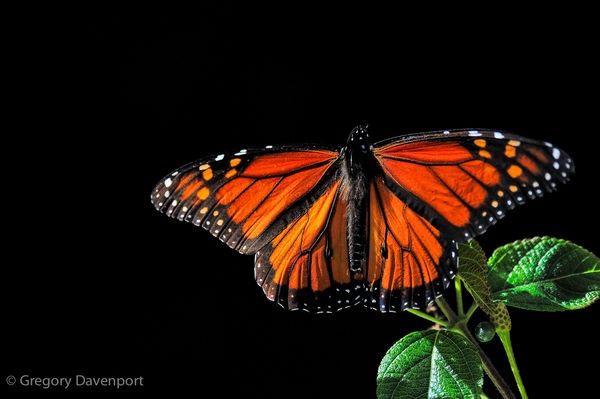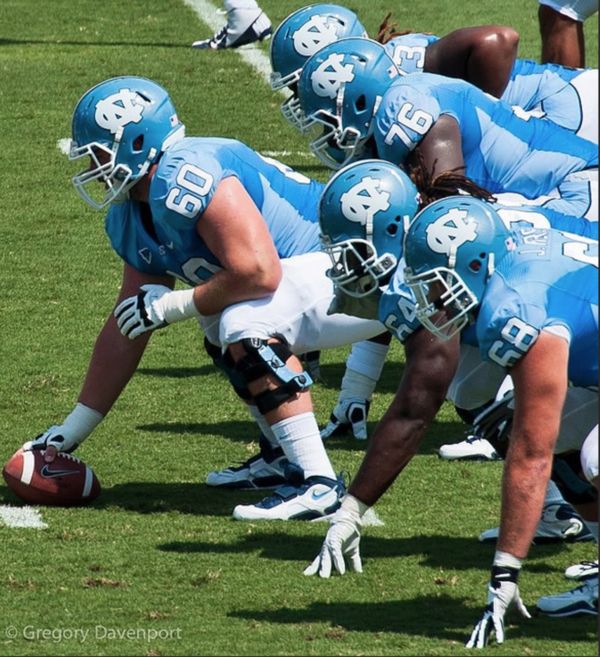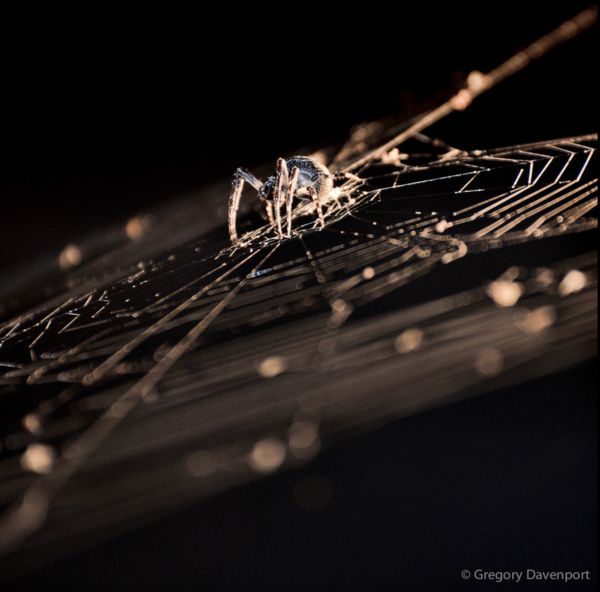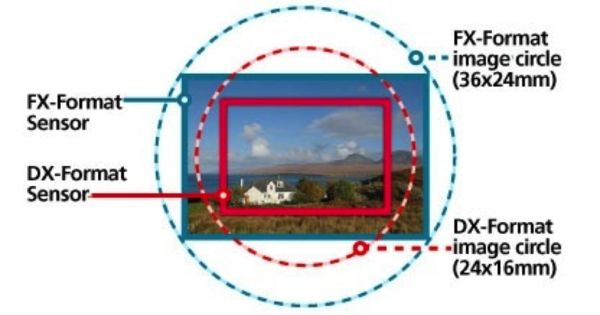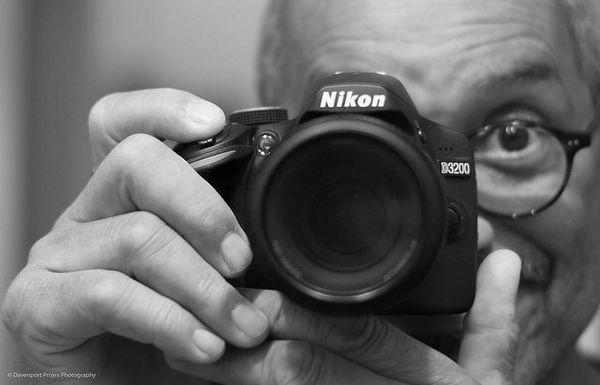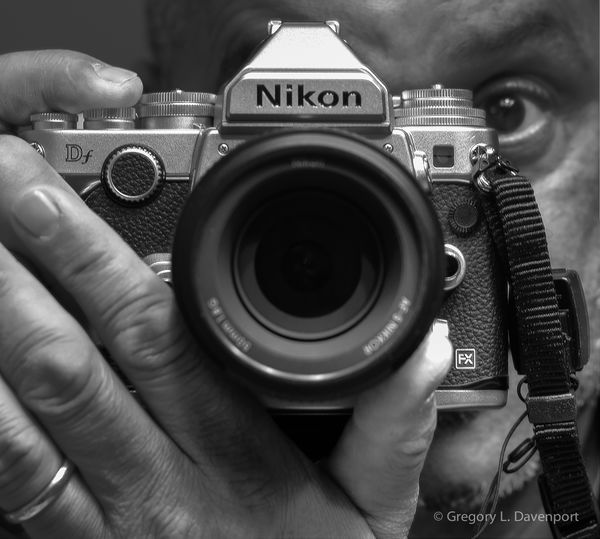D3200 - what next
Nov 5, 2016 11:12:27 #
mas24
Loc: Southern CA
Trrjohn wrote:
I have a D3200, a 18-200mm 3.5-5.6, a 18-55mm 3.5-5.6 and a 35mm - 1.8 lenses. What should be my next step-up in a camera? A 5500? I take prototype railroad and HO scale model railroad photos and general family and scenery pics. - trrjohn
As already suggested, a D7100 or D7200 are a good choice. B&H was selling the Refurbished D7200 for about $789 just a few days ago. That's a sweet deal. Check Adorama too. I would go for a D7200 over the D7100.
Nov 5, 2016 11:17:53 #
Trrjohn wrote:
I have several (4) LED 5000K lights, a soft screen and two umbrellas for lighting
Ahh, good!
Nov 5, 2016 11:25:31 #
rmorrison1116 wrote:
Depends on how much you want to spend and how far you want to expand your photographic horizon. As suggested, a refurbished D7200; a fantastic full featured DX camera that will challenge you to learn more about photography and can be purchased for around $750, or around $880 new. If you want the ultimate in a Nikon DX camera where photographically the sky is the limit, the D500 is going for $1800.
IMHO the D5500 is superior to the D7200. It has the same sensor and processor so takes the same images. Plus it weighs half as much, has a fully articulated touch screen, and has what I feel a much more user friendly control mechanism. The D7xxxs use a bunch of buttons and a little unreadable green screen for control. The D5xxxs control like your D3200 using an active info screen. The images are much larger, lighted, and you don't need to search for buttons.
The D7xxxs have their advantages but for me they do not outweigh the above. I'd only consider a D7xxx if you have a bunch of old lenses without the focusing motor (non AFS). I did like the better viewfinder and two card slots. Plus it is weather sealed. Then it is priced higher too.
Nov 5, 2016 11:29:12 #
MtnMan wrote:
The D7xxxs use a bunch of buttons and a little unreadable green screen for control.
Obviously aimed at a younger audience.

Nov 5, 2016 12:15:25 #
EDH1943
Loc: Wilmington, NC
I have had a D3200, a D7000 and a D5500. By far my favorite, considering size, weight, touch screen, wi-fi etc., is the D5500 - The is no perfect camera but in my humble opinion, the perfect all-around DSLR is the D5500!
Nov 5, 2016 12:23:55 #
jerryc41 wrote:
Obviously aimed at a younger audience. 

BTW after I got rid of the D7000 I got a D800. It has the same clunky control mechanism and unreadable green screen. But I realized that if I turned on the info screen and then found the button the display comes up on the LCD so is at least readable without reading glasses. You still have to find the unlighted buttons, though.
I prefer the active info screen of the D5xxxs. But I put it up with it on the D800 because of the better images.
Nov 5, 2016 12:46:44 #
Trrjohn wrote:
I have a D3200, a 18-200mm 3.5-5.6, a 18-55mm 3.5-5.6 and a 35mm - 1.8 lenses. What should be my next step-up in a camera? A 5500? I take prototype railroad and HO scale model railroad photos and general family and scenery pics. - trrjohn
Several years ago I added my first Nikon FX format sensor (Nikon D700) to my camera bag (today I own Nikon D5100 DX / D3200 DX bodies - and - Nikon D700 FX / Df FX bodies). As a photographer, the sensor is the most important component of my digital cameras, because it is directly processing images I capture and will be converting to digital images for client delivery. As we know, when a camera has 12 megapixels, it means that the camera sensor contains 12 million pixels for the purpose of gathering light. I like to think of those pixels as buckets that capture light particles. Therefore, the larger the bucket, the more light particles it can store in a given amount of time.
The pixel size (bucket size) plays a big role in sensor sensitivity and it's ability to accurately gather light. Bigger buckets are always better than smaller ones (i.e., each of the 12 million pixels in a Full Frame (or FX) sensor will be bigger than 12 million pixels in an APS-c (or DX) sensor. With an FX sensor more light particles can be stored, without getting over-filled, which correlates to a good flow of information about light particles being passed on to the camera processor, which assembles a digital image. While larger pixels (or bigger buckets) are good, they are expensive to manufacture. To combat this problem, manufacturers have been cramming more and more pixels into smaller sensors - while attempting to simultaneously increase the efficiency each pixel. This has resulted in a 'megapixel race' among the manufacturers - we are seeing more and more pixels in the modern sensors, despite the fact that the size of the APS-c and Full Frame sensors remains the same. In my experience, the difference between DX and FX sensors is clear when it comes to overall image quality. I have found the current sensor size and pixels within in my FX camera bodies more robust - for my photography needs - than sensors in my DX camera bodies, in terms of noise and dynamic range for instance.
In addition, I have been sarcastically asked - if I find my FX cameras so much better than my DX cameras - will I be getting rid of the DX cameras I own? I answer that question with an emphatic no! When I place my Nikkor 28-300mm FX format lens on my D5100 or D3200 DX camera bodies, because of the APS-c sensor 1.5x crop in the DX bodies, I get a reach of 450mm with the lens. This provides a good option when shooting sporting events. I have attached a couple images where I used the Nikkor 28-300mm FX format lens at 300mm (in effect 450mm) on a DX body. Also because the Nikkor 28-300mm FX format lens cover the entire DX sensor with the sweet spot center of the glass the close in captures at on a DX body are exquisite - there are a couple images attached that display captures at this close in rage using FX glass on a DX body. Have also included an image that describes the difference between the FX and DX format - and correlating lens sizes. I found this application of FX format lenses a favorable option for use with the DX format camera bodies I own. Just a heads up, the converse does not work. DX format glass will have an image circle that is smaller than the length of the diagonal of the image sensor - which generally results in severe vignetting. However, you can use this effect as an advantage to get an in camera vignette effect - as opposed to a software generated vignette.
Hope you found this share helpful - keep shooting and have fun!
Greg.
Nov 5, 2016 12:49:16 #
dhelix33 wrote:
Several years ago I added my first Nikon FX format... (show quote)
The Df looks good on you, Greg!
Nice pics.
Nov 5, 2016 12:52:23 #
GoofyNewfie wrote:
The Df looks good on you, Greg!
Nice pics.
Nice pics.

Nov 5, 2016 14:35:29 #
I recommend your next step be to take pictures with the gear you have, keep taking pictures and do not buy new gear until you have identified a clear shortcoming with the gear you have.
Most of all, have fun.
Most of all, have fun.
Nov 5, 2016 16:28:11 #
I shared a post from the perspective of a professional photographer who has targeted purchases of each device I own for in studio and outdoor captures. The intent of my share was not to tell you you need to replace your current camera. I was simply sharing my experiences transitioning to utilizing both Nikon DX and FX cameras.
As I said in my original post - "Hope you found this share helpful - keep shooting and have fun!"
Greg
As I said in my original post - "Hope you found this share helpful - keep shooting and have fun!"
Greg
Nov 5, 2016 16:31:41 #
Trrjohn wrote:
I have a D3200, a 18-200mm 3.5-5.6, a 18-55mm 3.5-5.6 and a 35mm - 1.8 lenses. What should be my next step-up in a camera? A 5500? I take prototype railroad and HO scale model railroad photos and general family and scenery pics. - trrjohn
Nikon D810. Satisfied?
Nov 6, 2016 18:53:37 #
If you want to reply, then register here. Registration is free and your account is created instantly, so you can post right away.




